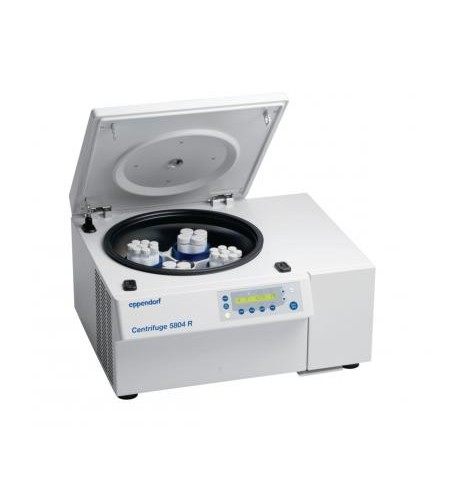Rotor S–4–72
› Medium capacity swing-bucket rotor with speed up to 3,234 × g (4,200 rpm)
› Broad range of adapters available to handle all common tube formats from 0.2 mL to 250 mL
› Aerodynamic round bucket design for up to 48 % energy savings compared to Rotor A–4–62
› Buckets and adapters are autoclavable
Rotor FA–45–6–30 (6x50 mL) with Eppendorf QuickLock® lid
Picture: Cross section of rotor showing the light-weight design. All metal not needed for safety or performance is hollowed out to reduce weight and improve handling.› Max. speed 20,130 × g (12,100 rpm) in Centrifuge 5810 R or 16,639 × g (11,000 rpm) in 5804/5804R/5810
› Eppendorf QuickLock rotor lid for fast lid locking
› Aerosol-tight for safe centrifugation of hazardous samples
› Low rotor weight (3.2 kg) for easy lifting
› 45° borehole angle minimizes pellets smear along tube wall
Rolling cabinet
If space is a limited resource in your lab, Eppendorf’s rolling cabinet can give you the freedom and flexibility to use your Centrifuge5804/5804 R or 5810/5810 R wherever you need it. Use the rolling cabinet if there is not enough space on the regular lab bench or to transport and use the centrifuge in other labs. The included drawer provides extra storage space for your rotors and adapters.› Rolling cabinet with closed centrifuge fits under standard 90 cm lab benches
› With 4 castors (2 lockable) and drawer
› Dimensions: W×D×H: 70 × 45 × 62 cm / 27.5 x 17.7 x 24.2 in
- Swing-bucket rotors and adapters accommodate tubes and bottles from 0.2 mL to 250 mL
- Plate rotor for centrifugation of all types of MTP, PCR, cell culture, or Deepwell Plates
- Fixed-angle rotors for high-speed molecular biology applications in tubes from 0.2 mL to 85 mL
- High centrifugation speed of up to 20,913 × g (14,000 rpm)
- Centrifuge lid with soft-touch lid closure
- Low access height of 29 cm for easy loading and unloading of samples
- Quiet operation to improve your work environment
- Compact footprint saves valuable bench space
- Automatic rotor recognition and imbalance detection for maximum operational safety


